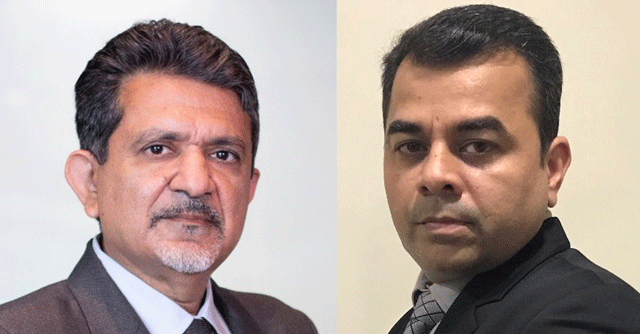
Key 2022 tech trends for effective compliance in 2023


As we gear up to step into 2023, companies find themselves grappling with several challenges even as more regulations are introduced in the new normal. Over the last two years, the regulatory landscape has undergone a major overhaul. Besides, factors such as inflation, changing consumer and social habits, and geopolitical upheavals across the globe are adding to the mounting pressures on businesses. Since the pandemic, which caused a major transformation in the way business is conducted, there have been several other catalysts that have also precipitated a change.
Following the Great Resignation, improved employee experience will continue to remain a priority for companies, with a special focus on mental health and well-being. Worker Protection (Amendment of Equality Act 2010) Bill, poised for launch in 2023, will reinstate employers' liability in the event of an employee experiencing harassment by a third party such as a client, supplier, or a member of the public.
A new EU supervisory authority, the Anti-Money Laundering Authority (AMLA), is also touted to become operational in 2023. Consequently, firms can expect renewed focus, coordination, and cooperation between countries and Financial Intelligence Units (FIUs) to facilitate adherence. Furthermore, there will be an increased focus on the governance aspect of ESG.

As the regulatory landscape continues to evolve rapidly, compliance teams in companies need to adapt and evolve at a similar pace too. Additionally, various data points that compliance teams need to look at are moving toward the classic Big Data definition (Variety, Volume, Velocity). So, compliance functions are finding themselves under pressure from both sides.
Compliance needs will subsequently be met with a commensurate rise in the adoption of digital developments such as AI technology. Taking recent events into account, here are some key themes that emerge for technology adoption for effective compliance in 2023.
Consolidation and integration of data make for an effective risk management strategy. Data stored across different locations within a company can result in chaos for a firm. Being able to manipulate stored data from one access point is simpler and more secure. It can also help transform raw data into analytics at one click, allowing faster and more accurate decision-making. It also sets the stage for the company to implement AI capabilities for compliance in the future, as required.

Automation of monotonous, repetitive work within compliance is another key factor in technology adoption. This not only allows the team to focus on the larger aspects of compliance but also serves as the motivation to boost performance. Automation tools, however, need to be flexible and scalable considering ever-evolving regulations.
Unified Communications is key. With multiple communication mechanisms available today, compliance risks multiply as several different channels get utilized. Organizations need to adopt a limited number of formal mechanisms for communication.
Additionally, video recording capabilities being available out-of-the-box for most of these channels creates risks of these recordings being treated as primary. Criminals can misuse these videos to commit frauds. Deepfake technology even allows for videos to be modified, such that criminals can create a hoax to spread fake news or escape a fraud.


Arpinder Singh and Swapnil Sule
Arpinder Singh is Global Markets and India Leader, Forensic and Integrity Services and Swapnil Sule is Director, Forensic and Integrity Services at EY.
